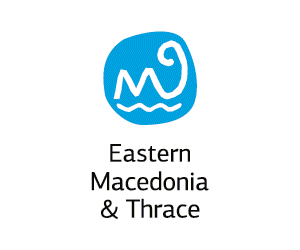Traveler's Guide
East Macedonia & Thrace
Region of East Macedonia & Thrace
The Region of Eastern Macedonia and Thrace occupies the northeastern part of Greece. It borders with Turkey easterly, Bulgaria northern and with the Regional Unit of Serres westerly. Southwest is washed by the Aegean Sea and southeast by the Thracian Sea. It includes the Regional Unities: Drama, Kavala, Xanthi, Rodopi and Evros.
It has a total area of 14.157 thousand hectares and covers the 10.7% of the total area of the country.
Also includes two major islands of Thracian Sea, Thassos and Samothrace.
Crossroad of major sea and land routes by which, for thousands of years, are moving people and goods, ideas and habits to and from the four cardinal points: from the Black Sea and Asia to Western Europe and from North Europe and the Balkans to the Mediterranean and North Africa.
The traces of its history, that start from the Paleolithic season and arrive to our days, are everywhere: caves, rock paintings, forts, temples, theaters, citadels, mines, graves, tumuli, marble quarries, Christian monuments, monasteries and holy places , aqueducts, Islamic monuments, traditional villages, Megara, mansions, tobacco warehouses.
The Region of Eastern Macedonia and Thrace, during the ancient times, was covered by forests at the rate of about 80%, but today this percentage has limited to 55% per area. In its extent there are trackless forests, virgin nature, high mountains, rich flora and fauna, large rivers, lakes and lagoons and an endless coastline with clear blue waters and friendly beaches.
The region is a place of music, dance, feast and ritual. Dionysus and Orpheus never left from this earth. The reversals of nature (winter, spring, etc.) give an opportunity for reversals of another class: masquerading and walking over fires, and outspoken sprees, kidnappings and robberies, all in the context of ritual.
Ecclesiastical Museum of Alexandroupolis
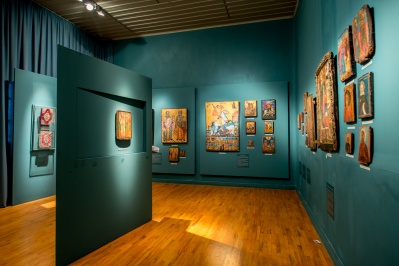 The Ecclesiastical Museum of the Holy Metropolis of Alexandroupolis housed in "Leontarideio Urban School Boys" in the courtyard of the Metropolitan Church of St. Nicholas. The museum was founded in ...
The Ecclesiastical Museum of the Holy Metropolis of Alexandroupolis housed in "Leontarideio Urban School Boys" in the courtyard of the Metropolitan Church of St. Nicholas. The museum was founded in ...
City of ancient Thasos (Limenas of Thasos)
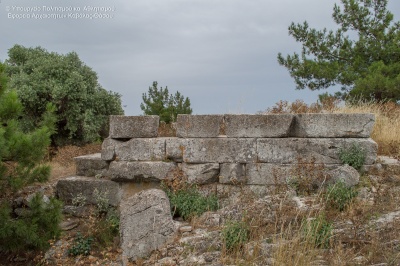 In town of ancient Thasos (Limenas), in the modern village of Port, monuments and assemblies are preserved. The market, a public square enclosed by arcades, is the most important archaeological ...
In town of ancient Thasos (Limenas), in the modern village of Port, monuments and assemblies are preserved. The market, a public square enclosed by arcades, is the most important archaeological ...
Church of Holy Mary Krimniotissa
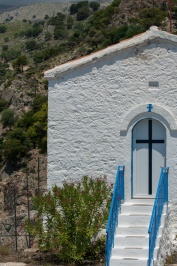 Hooked up on the rocks on the south side of Samothrace, at the road to Pachia Ammos Beach, there is the small church of Holy Mary Krimniotissa. The access is ...
Hooked up on the rocks on the south side of Samothrace, at the road to Pachia Ammos Beach, there is the small church of Holy Mary Krimniotissa. The access is ...
Holy Church of the Entrance of Holy Mary
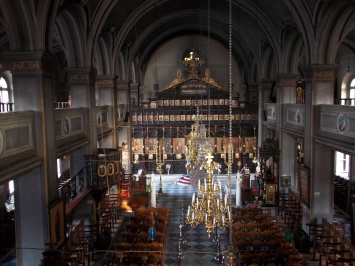 In the Metropolitan throne of Drama in 1902 is positioned tha national martyr Chrysostomos Kalafatis, who with his guidance helps the construction of the imposing buildings of the place, the ...
In the Metropolitan throne of Drama in 1902 is positioned tha national martyr Chrysostomos Kalafatis, who with his guidance helps the construction of the imposing buildings of the place, the ...
Monastery of Metamorfosis Sotiros Nikiton
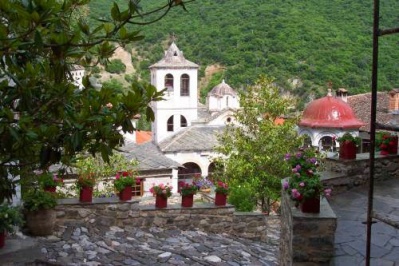 Inside a rocky, uneven but green area surrounding the villages Makrychori, Elafochori, Disvato & Stegno Highland of the river is still a humble workshop of prayer, true oasis in today’s ...
Inside a rocky, uneven but green area surrounding the villages Makrychori, Elafochori, Disvato & Stegno Highland of the river is still a humble workshop of prayer, true oasis in today’s ...
Περιοχές Natura - Καταφύγια θηραμάτων
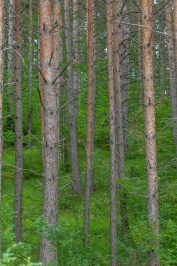 Περιοχή Natura 2000: Κορυφές Ορούς Φαλακρού. Περιοχή Natura 2000: Περιοχή Ελατιά, Πυραμίς Κούτρα. Καταφύγια θηραμάτων: Καλλίφυτος Δράμας.
Περιοχή Natura 2000: Κορυφές Ορούς Φαλακρού. Περιοχή Natura 2000: Περιοχή Ελατιά, Πυραμίς Κούτρα. Καταφύγια θηραμάτων: Καλλίφυτος Δράμας.
Beaches of Chili
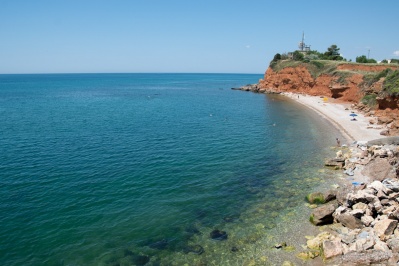 Just outside Alexandroupoli, the visitor can find the settlement of Chili, where they can find many remarkable sandy beaches, such as Delfini, Kokkina Vraxia and Kalamaki, where operate beach ...
Just outside Alexandroupoli, the visitor can find the settlement of Chili, where they can find many remarkable sandy beaches, such as Delfini, Kokkina Vraxia and Kalamaki, where operate beach ...
Natura Regions
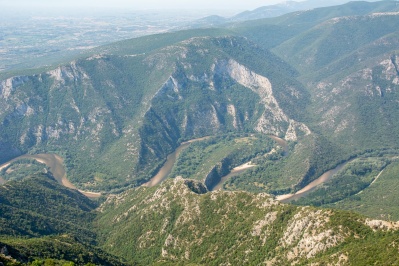 In Xanthi there are the following Natura regions: Mount Chaidou - Koula and the surrounding peaks, with an area of 3,488 hectares, the straits of Nestos river with an area ...
In Xanthi there are the following Natura regions: Mount Chaidou - Koula and the surrounding peaks, with an area of 3,488 hectares, the straits of Nestos river with an area ...
Adriani
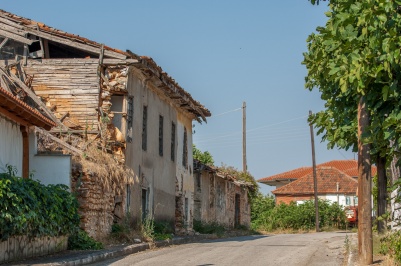 Adriani is a vibrant village with friendly inhabitants, 11km away from the city of Drama, at an altidute of 160m. Adriani has suitable soil for growing grapes, so here there ...
Adriani is a vibrant village with friendly inhabitants, 11km away from the city of Drama, at an altidute of 160m. Adriani has suitable soil for growing grapes, so here there ...






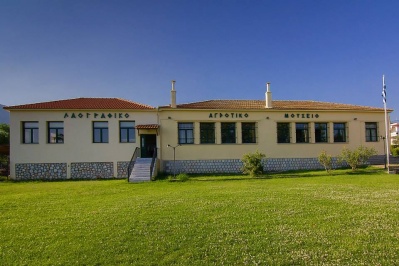
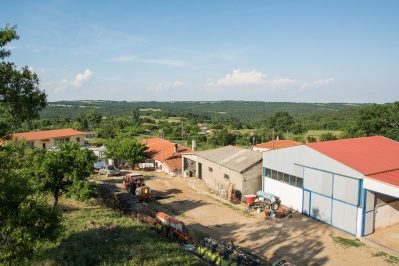 The Gianoulis village is located in the heart Evros region and is northwest of Soufli at the distance of about 10 km. There the visitor can see the church of ...
The Gianoulis village is located in the heart Evros region and is northwest of Soufli at the distance of about 10 km. There the visitor can see the church of ...
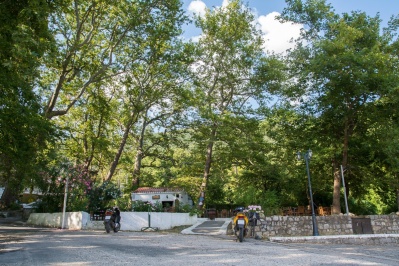 One of the most visited villages where one can enjoy a hot path in the sanative springs, visit the church of Christ, hike to the Gria Vathra and bathe in ...
One of the most visited villages where one can enjoy a hot path in the sanative springs, visit the church of Christ, hike to the Gria Vathra and bathe in ...
